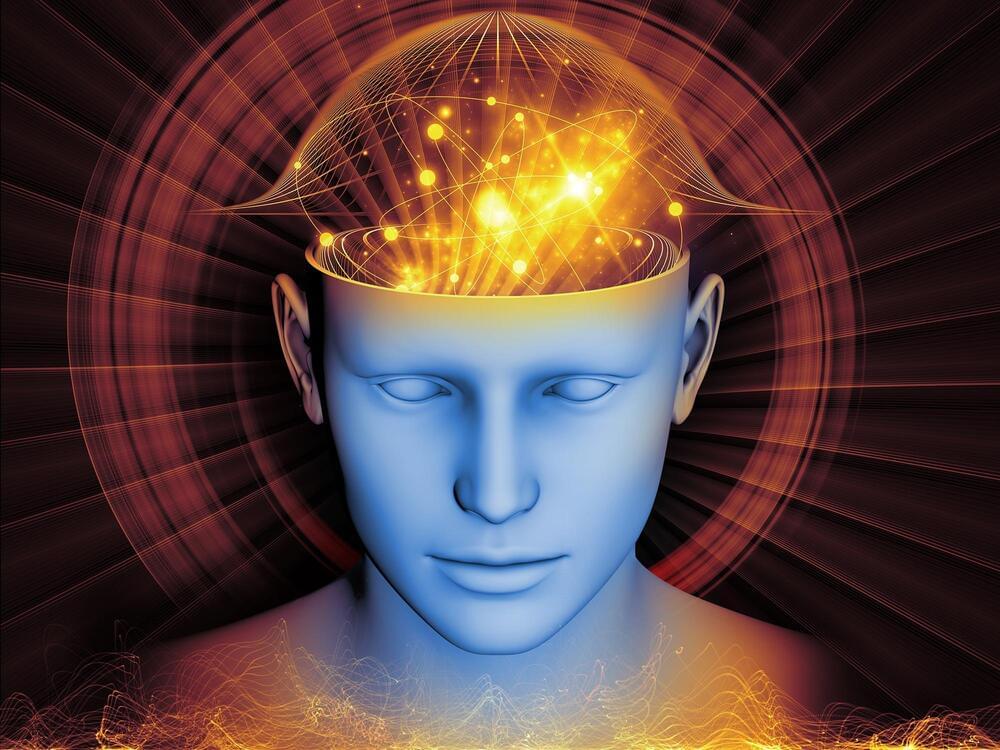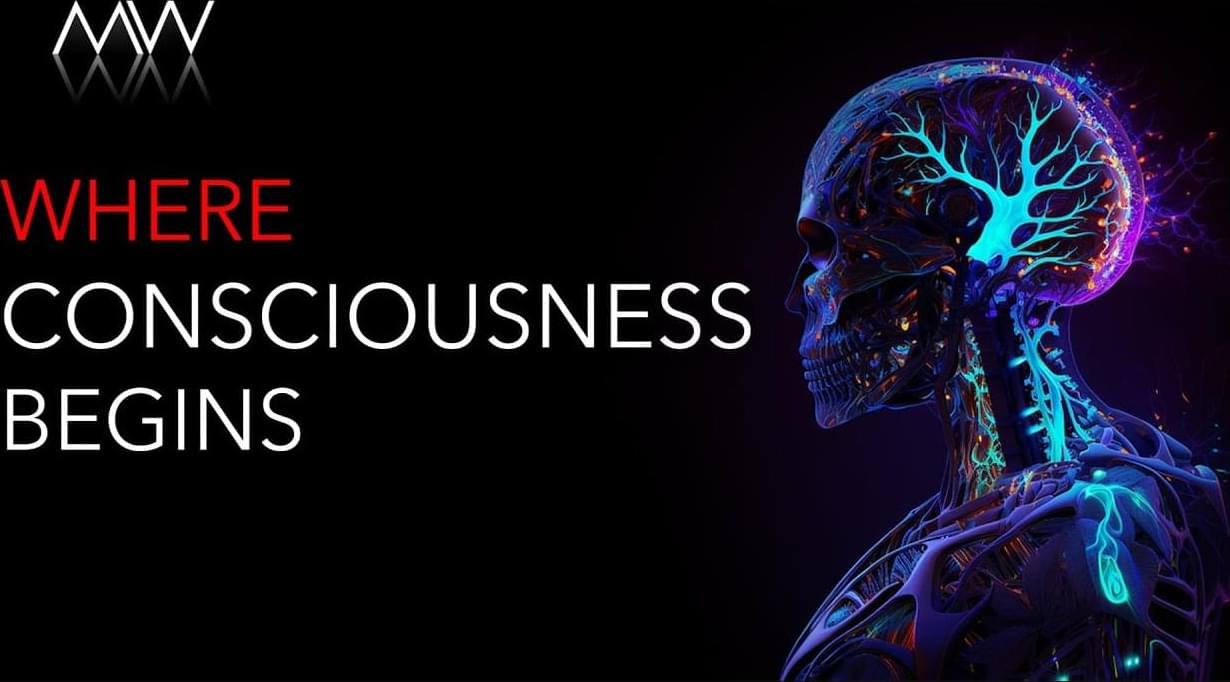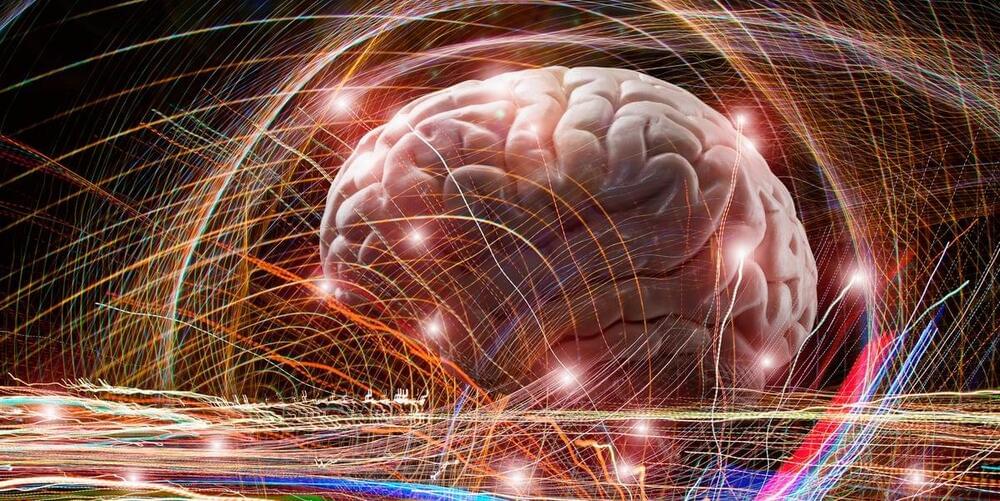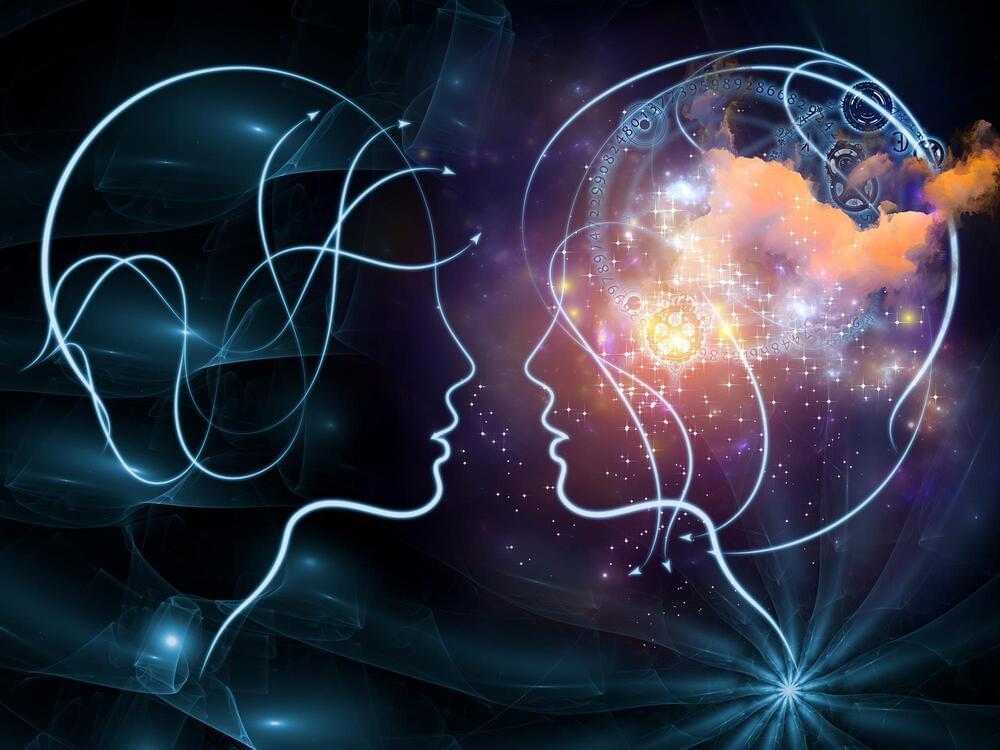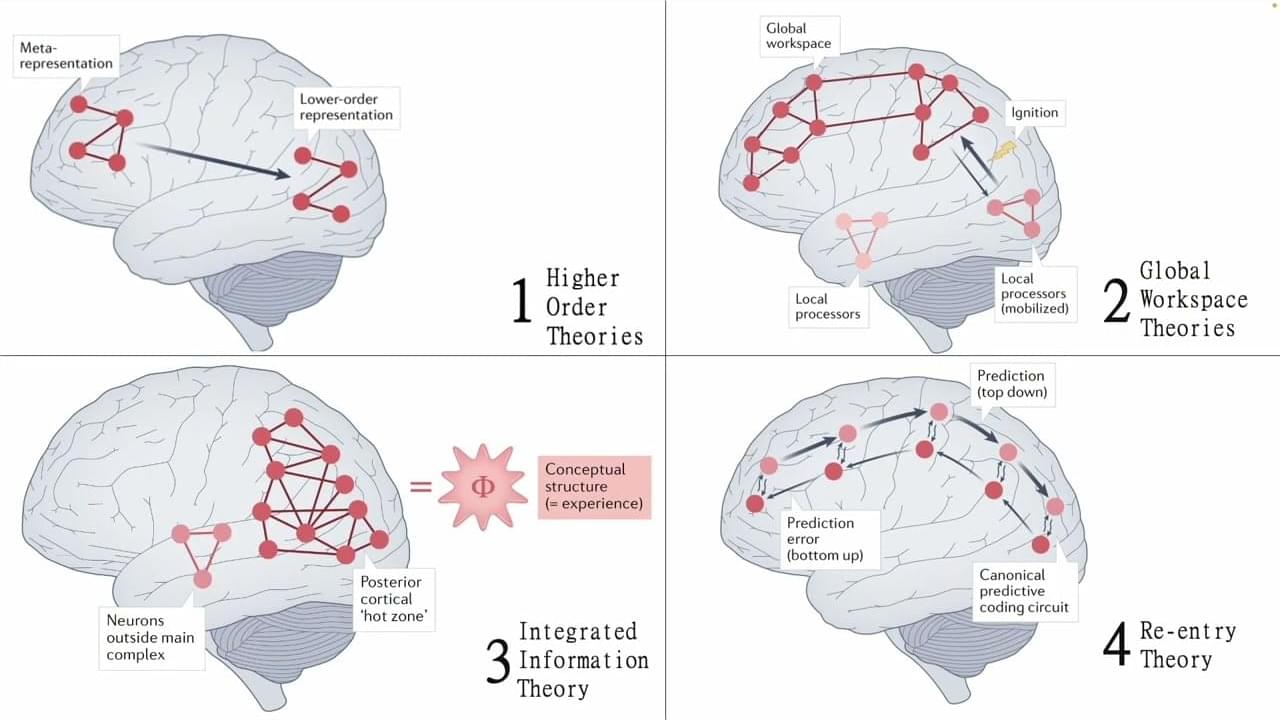I recently began to worry that something/someone, some field, force, disease, prion, virus, bad luck and/or natural causes could threaten and perhaps destroy the most valuable entity in the universe, an entity more valuable than life itself. Consciousness. What good is life extension without conscious awareness? What is consciousness?
We know the brain works a lot like a computer, with neuron firings and synapses acting like bit states and switches. Brain-as-computer works very well to account for sensory processing, control of behavior, learning and other cognitive functions. These functions may in some cases be non-conscious, and other times associated with conscious experience and control. Scientists seek the distinction – the essential feature, or trick for consciousness.
Some suggest there is no trick, consciousness emerges as a by-product of cognitive computation among neurons. Others say we don’t know, that consciousness may indeed require some feature related to, but not quite the same as neuron-to-neuron cognition.
In either case, humans and other creatures could in principle become devoid of consciousness while maintaining cognitive behaviors, appearing more-or-less normal to outside observers. Such hypothetical non-conscious behaving entities are referred to in literature, films and philosophical texts as ‘zombies’. Philosopher David Chalmers introduced the philosophical zombie, a test case for whether or not consciousness is distinct from cognitive neurocomputation.

